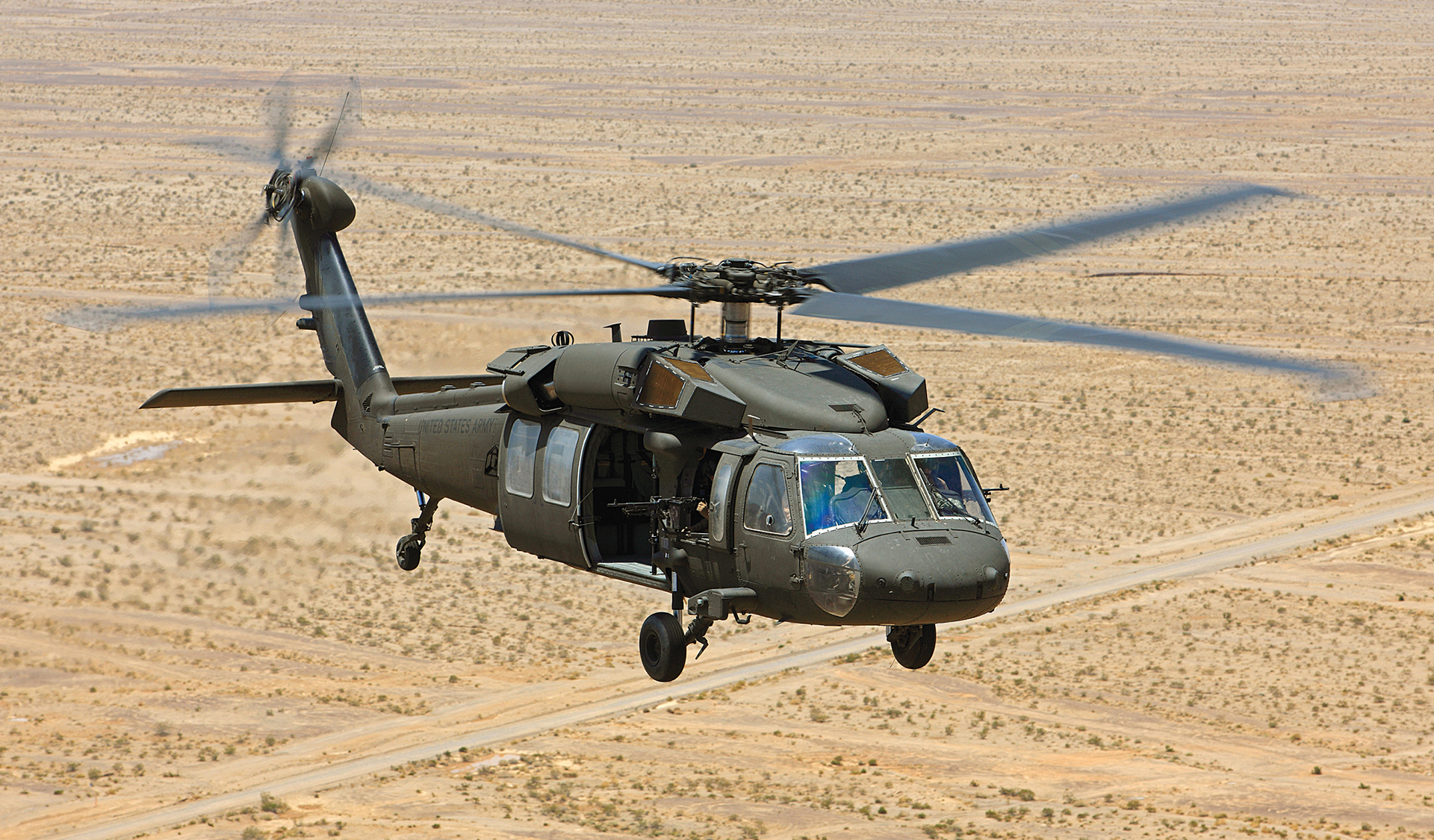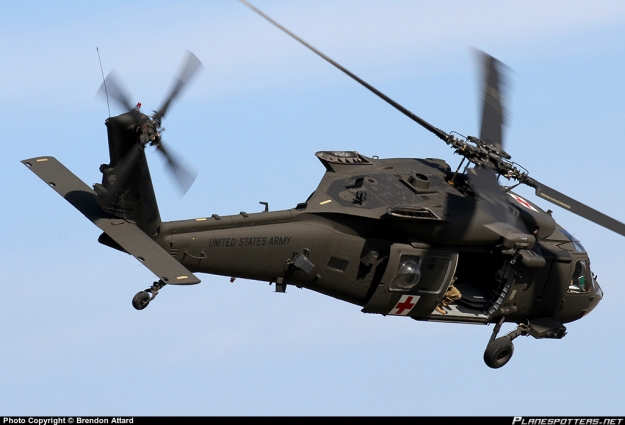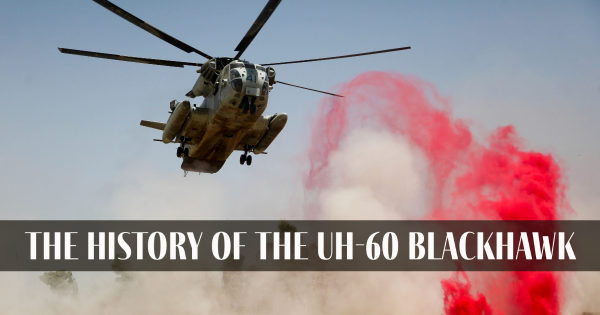Professional Insights: Enhancing Performance in UH 60 Helicopter Procedures
Professional Insights: Enhancing Performance in UH 60 Helicopter Procedures
Blog Article
Browsing Uh 60 Helicopter Regulations and Conformity Demands

Regulatory Structure Introduction
The regulative structure controling UH-60 helicopter procedures encompasses a complex collection of regulations and requirements developed by air travel authorities. These regulations are created to ensure the risk-free and effective operation of UH-60 helicopters in numerous environments. The Federal Aviation Management (FAA) plays a central function in establishing and enforcing these laws, which cover a variety of operational elements, including airworthiness criteria, pilot certifications, maintenance demands, and operational treatments.
Compliance with these guidelines is necessary for helicopter operators to keep the highest degree of security and functional stability. Failing to follow these laws can lead to severe consequences, consisting of accidents, injuries, and regulative sanctions. As a result, helicopter operators need to remain informed concerning the newest regulatory growths and ensure that their procedures remain in full compliance with all relevant guidelines and requirements.
Airworthiness Regulations and Inspections
Amidst the regulatory framework governing UH-60 helicopter operations, a vital focus lies on compliance with Airworthiness Directives and conducting extensive assessments to maintain security requirements and operational reliability. Airworthiness Directives (Advertisements) are released by aeronautics authorities to deal with risky conditions in aircraft, consisting of the UH-60 helicopter, and required certain actions to be taken by operators or owners. Compliance with Advertisements is required, and failing to stick to these directives can cause significant repercussions, including grounding of the aircraft.
Regular assessments are paramount to making sure the airworthiness of UH-60 helicopters. By sticking to a stringent examination regimen, operators can identify and deal with possible issues quickly, thus boosting the safety and dependability of UH-60 helicopter procedures.
Pilot Credentials and Training

Pilot training for UH-60 helicopters is thorough and covers a variety of topics, consisting of aircraft systems, emergency situation procedures, navigating, and mission-specific training. Additionally, pilots go through simulator training to exercise various emergency situation scenarios in a controlled setting. This training helps pilots create the necessary abilities to take care of difficult scenarios effectively.


Furthermore, ongoing training and specialist growth are necessary for UH-60 pilots to stay current with the most up to date regulations, modern technology, and finest methods. By buying pilot credentials and training, operators can enhance safety and security, maximize performance, and ensure conformity with regulative requirements in the operation of UH-60 helicopters.
Functional Limitations and Demands
Pilot qualifications and training act as the foundation for see post recognizing the operational limitations and needs connected with UH-60 helicopter procedures (uh 60). These functional restrictions are placed in place to ensure the security of the crew, guests, and the aircraft itself. Functional limitations might include factors such as climate condition, weight constraints, altitude constraints, and functional boundaries. It is vital for pilots to be well-versed in these constraints to make informed decisions throughout flight procedures. Additionally, conformity needs, such as adhering to details flight courses, interaction procedures, and emergency situation procedures, are vital for maintaining operational safety and security and regulatory conformity. Pilots must remain current with all operational constraints and demands with normal training, rundowns, and assesses to reduce threats and ensure efficient and safe UH-60 helicopter operations. By focusing on adherence to these functional guidelines, pilots can enhance the general safety and security and performance of their missions while maintaining governing standards.
Emergency Procedures and Conformity Screening
Efficient emergency situation procedures and thorough compliance testing are important components of maintaining operational safety and governing adherence in UH-60 helicopter operations. Normal conformity testing makes certain that the helicopter meets all regulatory demands set forth by air travel authorities.
Conformity testing likewise extends to devices onboard the UH-60, such as interaction systems, navigation instruments, and safety and security gear. Making sure that all tools is functioning properly and fulfills regulatory requirements is crucial for safe procedures. In addition, compliance testing may entail simulations of emergency situation scenarios to evaluate the crew's action and the helicopter's efficiency under stress. By prioritizing emergency treatments and conformity screening, UH-60 drivers can mitigate risks and demonstrate their dedication to safety and security and governing compliance.
Final Thought
Finally, adherence to governing structure, conformity with airworthiness instructions, pilot credentials and training, operational limitations, and emergency treatments are essential for browsing the laws and needs of running a UH-60 helicopter. uh 60. It is critical for drivers to focus on security and guarantee full compliance with all applicable guidelines to keep the airworthiness and operational stability of the aircraft
Browsing the governing landscape bordering UH-60 helicopter operations demands a nuanced understanding of the detailed internet of guidelines and compliance needs.Conformity with these guidelines is crucial for helicopter operators to keep the greatest degrees of security and operational honesty.In the middle of the regulatory structure regulating UH-60 helicopter operations, a crucial emphasis lies on conformity with Airworthiness Directives and carrying out extensive evaluations to Bonuses promote security standards and functional reliability.Reliable emergency treatments and extensive compliance testing are crucial parts of maintaining functional safety and check these guys out governing adherence in UH-60 helicopter operations. Routine compliance testing ensures that the helicopter satisfies all governing demands established forth by aviation authorities.
Report this page